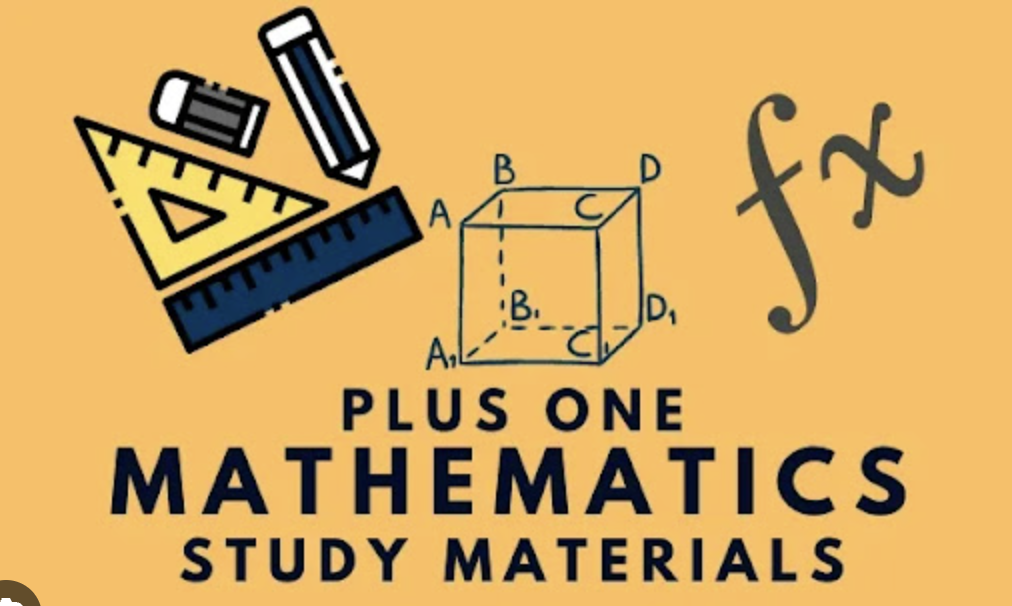Relations and functions are powerful tools that describe connections between mathematical objects. This chapter guides students through the formal definitions of relations, types of relations, and the special properties that define functions. Students will explore domains, ranges, composition of functions, and inverse functions while developing the ability to represent these concepts algebraically, graphically, and through mapping diagrams. These concepts are crucial for modeling real-world relationships in fields ranging from economics to physics.
Chapter 2: Relations and Functions
Relations:
A relation is a connection between two sets. Mathematically, a relation R from set A to set B is a subset of the Cartesian product A × B.
Types of Relations:
- Reflexive: For all a ∈ A, (a, a) ∈ R
- Symmetric: If (a, b) ∈ R, then (b, a) ∈ R
- Transitive: If (a, b) ∈ R and (b, c) ∈ R, then (a, c) ∈ R
- Equivalence Relation: Relation that is reflexive, symmetric, and transitive
Functions:
A function f from set A to set B is a relation where each element of A is paired with exactly one element in B.
Representation: f: A → B
Domain: Set A (input values) Co-domain: Set B (possible output values) Range: Actual output values obtained when applying f to all elements in A
Types of Functions:
- One-to-One (Injective): Different elements in domain have different images.
- For all a, b ∈ A, if f(a) = f(b), then a = b
- Onto (Surjective): Every element in the co-domain has at least one pre-image.
- For all b ∈ B, there exists a ∈ A such that f(a) = b
- Bijective: Both one-to-one and onto.
Operations on Functions:
- Addition: (f + g)(x) = f(x) + g(x)
- Subtraction: (f – g)(x) = f(x) – g(x)
- Multiplication: (f · g)(x) = f(x) · g(x)
- Division: (f/g)(x) = f(x)/g(x), where g(x) ≠ 0
- Composition: (f ∘ g)(x) = f(g(x))
Inverse Functions:
If f: A → B is bijective, then its inverse function f⁻¹: B → A exists such that:
- f⁻¹(f(a)) = a for all a ∈ A
- f(f⁻¹(b)) = b for all b ∈ B
Complete Chapter-wise Hsslive Plus One Maths Notes
Our HSSLive Plus One Maths Notes cover all chapters with key focus areas to help you organize your study effectively:
- Chapter 1 Sets
- Chapter 2 Relations and Functions
- Chapter 3 Trigonometric Functions
- Chapter 4 Principle of Mathematical Induction
- Chapter 5 Complex Numbers and Quadratic Equations
- Chapter 6 Linear Inequalities
- Chapter 7 Permutation and Combinations
- Chapter 8 Binomial Theorem
- Chapter 9 Sequences and Series
- Chapter 10 Straight Lines
- Chapter 11 Conic Sections
- Chapter 12 Introduction to Three Dimensional Geometry
- Chapter 13 Limits and Derivatives
- Chapter 14 Mathematical Reasoning
- Chapter 15 Statistics
- Chapter 16 Probability
